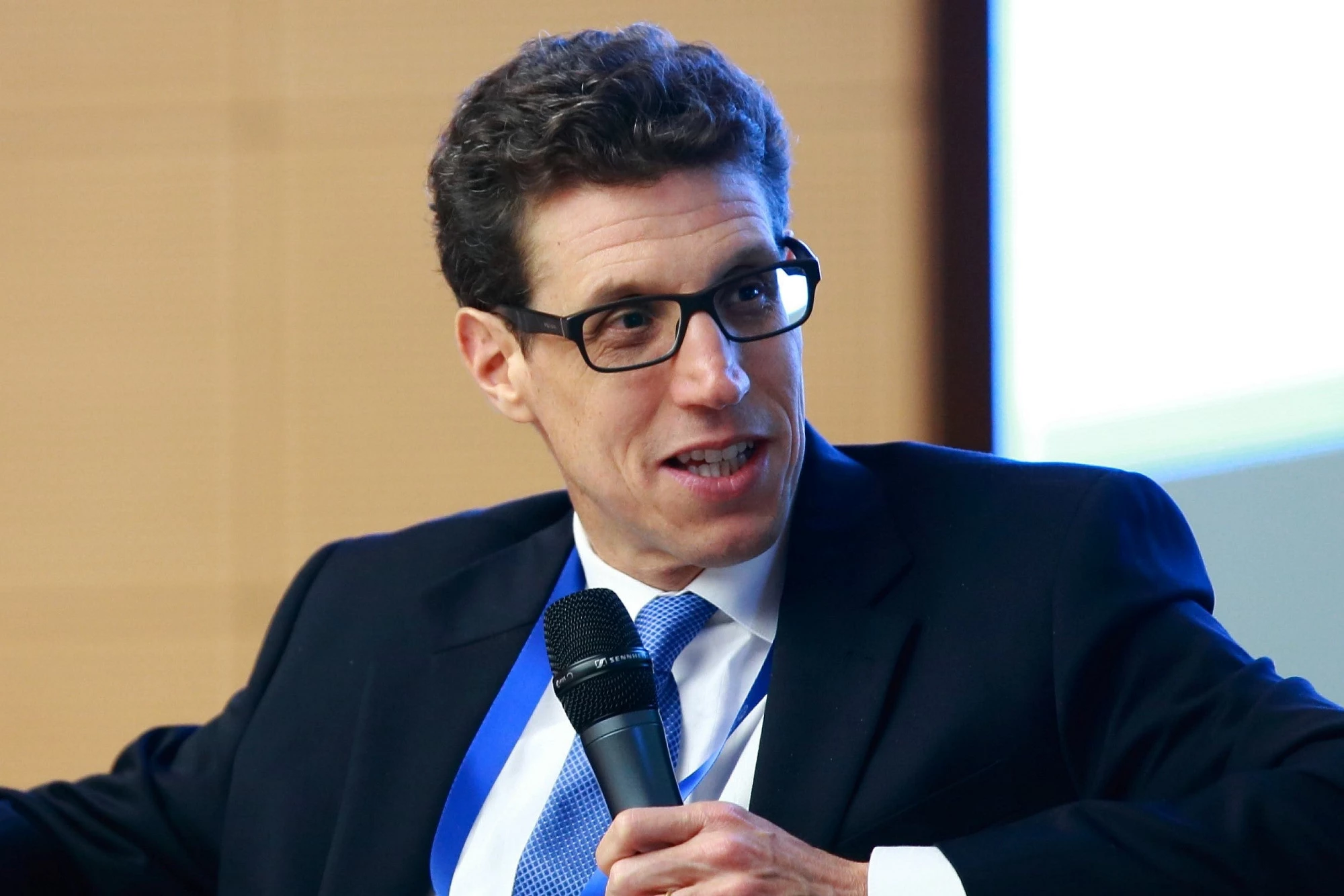 Photo: © Dana Smillie / World Bank
Photo: © Dana Smillie / World Bank
What key insights have emerged from development economics in the past decade, and how should they impact the work of the World Bank? A new working paper Toward Successful Development Policies: Insights from Research in Development Economics from the Bank’s research department captures 13 of the most significant insights in the world of development economics.
Here’s insight #10 – on how early policy interventions at large enough scale can be highly cost- effective. See all previous insights here: Thirteen insights for successful development policies
Research shows that the benefits of early interventions at a scale sufficient to have real impact are large in many areas of economic development. However, behavioral, financial, institutional, and political constraints mean that interventions are not always implemented in a timely or adequate way. Uncertainty compounds the problem, as decision makers must balance the certain up-front costs of early interventions with the uncertain future benefits. These considerations lead to too late and/or too small actions by individuals, businesses, and governments. The resulting missed opportunities can be very costly for society at large.
Early childhood interventions in education and health
Education and health interventions in early childhood have large returns. In part, this is because key stages in a child’s development happen during the early years of a child’s life. Early brain development is threatened – possibly irreversibly – by nutrient deficiencies, stress, disease and under-stimulation. Interventions very early in a child’s life reduce the risk of this happening, whether through improved nutrition, an improved health environment or parental stimulation. These interventions can have long-lasting effects in terms of cognitive capacity in later life, as reflected in better learning outcomes at school and higher wages once the child transitions to adulthood and joins the labor market.ref1,ref2 The period over which returns accrue is therefore very long. By contrast, the costs of early childhood interventions occur over just a few years. But even after discounting to present values, the benefit-cost ratio is large – one package of early childhood nutrition interventions has been estimated recently to have a benefit-cost ratio of 15:1 and a rate of return of 17%.ref3 In addition, and not accounted for in these calculations, preschool interventions can have indirect benefits too by making children better able to benefit from instruction during their years of formal schooling, and hence making these later investments more productive. Empirical work supports this idea that early investments enhance the productivity of (i.e., are complementary to) later investments: a recent study in the United States found that increases in K12 spending were more efficacious for poor children who benefitted from higher levels of Head Start spending during their preschool years.
Despite these high returns to preschool investments, the high rates of childhood stunting (a physical manifestation of inadequate nutrition and an adverse disease environment during the child’s first 1,000 days) in developing countries suggest underinvestment. This underinvestment may be due to the fact that the costs are incurred now, and the benefits accrue only after the child reaches adulthood, and that families and policy makers discount the future more heavily than economists assume. But it could also be due to ignorance about the high returns and the simple ‘technology’ involved in investing in very young children. The World Bank has employed a mix of strategies to discourage underinvestment in the early years : publicizing the high returns, naming and shaming countries with high stunting rates, advertising success stories (such as Peru which reduced stunting rates quite quickly through a concerted multi-ministerial effort spearheaded by the country’s president), and offering the Bank’s services in helping to finance and design early childhood programs.
Large-scale, long-lived environmental degradation
Some environmental problems pose serious challenges to ecological systems, human health, and economic progress that persist for a long time, even after the cause of the environmental damage is mitigated. For example, adverse environmental and economic impacts from climate change will persist for centuries, even after greenhouse gases are cut sharply;ref5,ref6 and large-scale extinctions from environmental degradation imply a permanent loss of biodiversity.ref7 Early actions sufficient to stem persistent damages before they become extremely harmful thus can yield large productivity and human welfare benefits over time.
Such actions often are impeded by the tangible near-term costs that need to be incurred to obtain large but uncertain benefits that accrue only over the longer term.ref8,ref9 Moreover, because climate change and biodiversity loss are global problems that disproportionately harm poorer populations, it is difficult to achieve international cooperation for action among nations at a scale consistent with the global losses.ref10 The opportunity but also the challenge for the World Bank is to support effective global responses to forestall the damages while also advancing effective initiatives by developing countries to reduce the impacts of those harms. The World Bank has focused on helping client countries to lower policy and institutional barriers to greater use of cost-effective renewable energy , improve protection of natural habitats while responding to local populations’ needs for land, and respond more effectively to more frequent and serious natural disasters engendered by climate change. A key priority is to broaden and deepen work on increasing resilience to climate change and climate variability, as articulated in the Bank’s recent Action Plan on Climate Change Adaptation and Resilience.ref11
Financial crises
Recognizing that financial crises are costly,ref12 governments around the world have moved to implement measures to act early in order to prevent them. Such early actions are particularly useful when individual agents do not take into account the negative externalities of their actions. Delayed intervention may lead to larger costs of crises later on. By intervening soon, governments provide a backstop, deter self-fulfilling crises, and shift the financial system from a bad to a good equilibrium. Preventive measures include financial regulation and supervision, macroprudential policies, and even capital controls. By minimizing currency and maturity mismatches, obtaining high capitalization and liquidity buffers, adopting flexible exchange rate regimes, and introducing sand-in-the-wheel types of measures, the financial system can be less prone to boom-and-bust scenarios. Furthermore, early action can make the efforts to contain crises more targeted and efficient. Negative distributional impacts can be another reason for early intervention. ref13 However, a main drawback of early intervention is that it is costly and might dampen some of the financial activity that fuels growth during tranquil times.
Since it is not certain that such early actions will make makes crises less likely and less severe, governments and international organizations have focused on implementing shock-absorbing mechanisms as a means of self-insurance. For example, they have fostered borrowing in domestic currency, GDP- and inflation-indexed debt, and equity markets. Central banks have also bolstered international reserves to withstand negative balance-of-payments shocks. Some positive results were observed with the resilience of emerging economies during the global financial crisis, which had adopted policies learned during previous crises.ref14 The World Bank regional hubs in Austria, Chile, the Republic of Korea, and Malaysia are researching how to develop more robust financial systems in the respective regions to withstand future crises better, while providing further financial services to more firms and individuals.




Join the Conversation